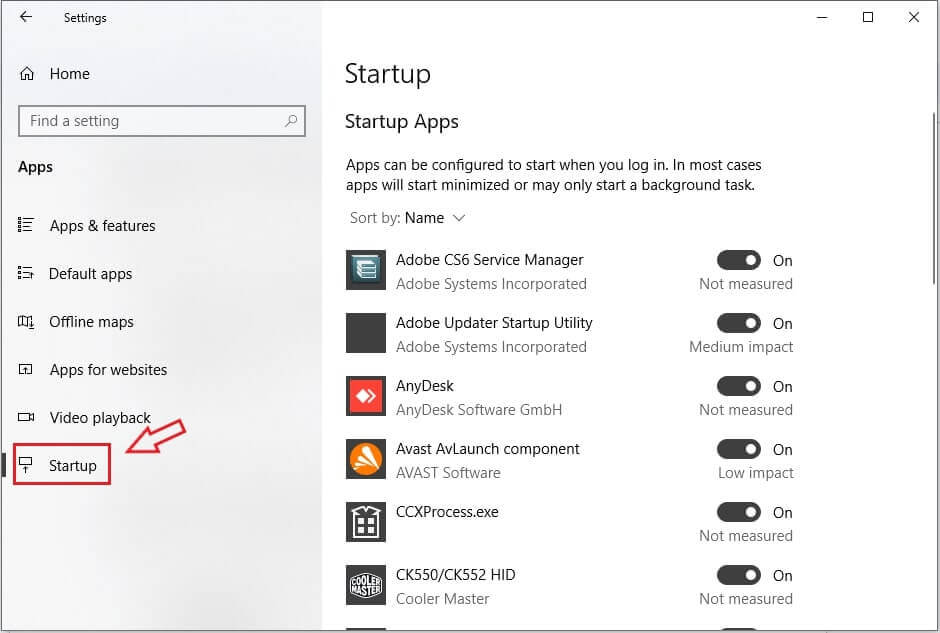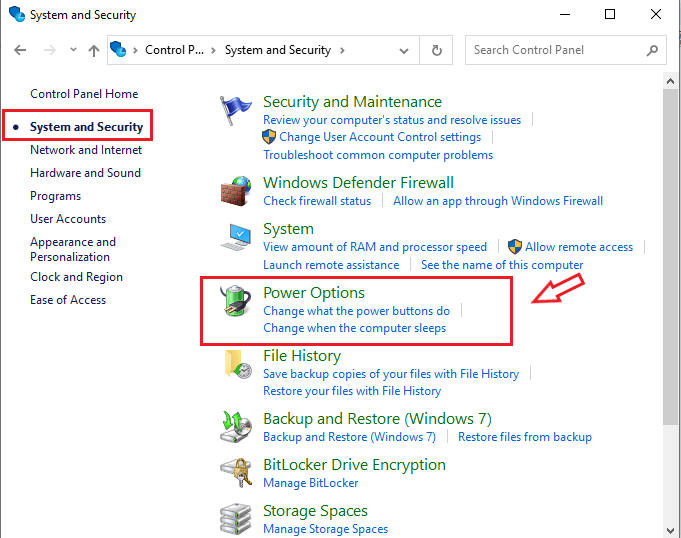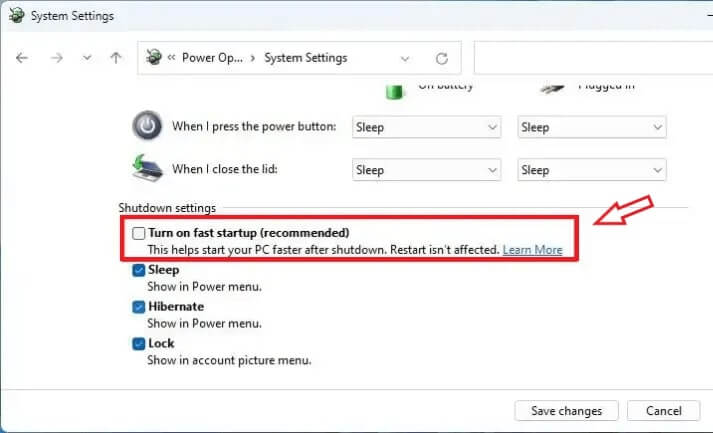Windows 11 is Microsoft’s latest operating system, and it’s designed to be faster and more efficient than its predecessors. However, if your computer takes too long to boot up, it can be frustrating and time-consuming. Here are some tips on how to speed up your Windows 11 boot time.
Here are the methods you can use to speed up your Windows 11 boot time:
- Disable startup programs
- Remove unnecessary files and programs
- Enable Fast Startup
- Defragment your hard drive
- Use an SSD
- Adjust BIOS settings
I. Disable startup programs in Windows 11
Windows 11 comes with several programs that start automatically with the operating system. While some of these programs may be useful, others can slow down your computer’s startup and take up valuable resources. Disabling unnecessary startup programs can help speed up your Windows 11 boot time. This is how you can disable them:
- Press Windows + I to open Windows Settings.
- Click the Apps tab from the sidebar and tap on Startup in the right-hand pane to view all your startup apps.

- Finally, toggle the switch next to the apps you don’t want to run at startup. Under the toggle switch, you’ll see the status impact of each, which indicates what disabling them does to your system.
II. Remove unnecessary files and programs
Over time, your computer may become cluttered with unnecessary files and programs that can slow down your computer’s startup time. By removing these files and programs, you can speed up your Windows 11 boot time and improve your overall computer performance.
We’ve covered in this article how you can remove unnecessary files and programs with Revo Uninstaller and many other methods.
III. Enable Fast Startup
Windows 11 comes with a variety of features that can help speed up your computer’s boot time. One such feature is Fast Startup, which allows your computer to start up faster by using a hybrid sleep mode that saves system information to a file on the hard drive.
Here is how you can turn Fast Starup On:
- Press Win + R to open Run.
- Type
controland click OK to open the Control Panel. - Go to System and Security and then click on Power Options.

- In the left pane, click on Choose what the power buttons do.
- Next, click the Change settings that are currently unavailable link.
- Under the Shutdown settings section, check the Turn on fast startup (recommended) option to turn on the feature.
- Uncheck the Turn on fast startup option to turn it off.

- Click Save changes to apply the changes.
IV. Defragment your hard drive
If you are experiencing slow boot times on your Windows 11 computer, one possible cause could be a fragmented hard drive.
Defragmenting your hard drive in Windows 11 is a simple process. Here are the steps to follow:
- Press the Windows key + S to open the search bar.
- Type in “Defragment and Optimize Drives” and select it from the search results.
- Select the hard drive you want to defragment.

- Click on the Optimize button.
- Wait for the defragmentation process to complete.
V. Use an SSD
If you have a modern PC running Windows 11, chances are that it uses an SSD (Solid State Drive), which is faster than a traditional hard disk drive. However, if you’re experiencing slow boot times, upgrading to a new SSD can help improve your boot time.
In addition to upgrading your SSD, another way to speed up your PC’s boot time is to upgrade your RAM. With more RAM, your PC will have more volatile memory available to load temporary items, resulting in faster boot times and an overall improvement in your PC’s performance.
VI. Adjust BIOS settings for faster Windows 11 boot time
Adjusting the BIOS settings can help speed up the boot time on your Windows 11 computer. Here are the steps you need to follow in order to adjust your BIOS settings to improve your Windows 11 boot time:
- Accessing the BIOSWe’ve covered in depth how to access your BIOS settings.
- Changing the Boot OrderOnce you have accessed the BIOS, you need to change the boot order to prioritize the drive that contains your Windows 11 operating system. To do this, navigate to the Boot tab and find the option called “Boot Order” or “Boot Priority.” Use the arrow keys to move the boot drive with Windows 11 to the top of the list.
- Disabling Unused DevicesDisabling unused devices can help speed up the boot time of your Windows 11 computer. In the BIOS, navigate to the Peripheral or Integrated Devices section and look for devices that you don’t use, such as serial ports or parallel ports. Disable these devices by selecting them and pressing Enter, then selecting Disabled or Off.
- Enabling Fast BootMost modern BIOS systems have a Fast Boot option that can help speed up the boot time of your computer. In the BIOS, navigate to the Boot tab and look for the Fast Boot option. Enable it by selecting it and pressing Enter, then selecting Enabled or On.
- Saving Changes and Exiting the BIOSAfter making the necessary changes, save your settings and exit the BIOS. To do this, navigate to the Exit tab and select Save Changes and Exit, then confirm your choice.
In conclusion, these are some tips on how to speed up your Windows 11 boot time. By following these steps, you can optimize your computer’s performance and reduce the time it takes to start up.





2 Comments
it,s the best program for the pc android its make my pc and android faster
Revo Uninstaller the best .
Going to try it. Little worried what might happen if I disable Edge Browser entirily in W11 pro. Will see soon 😀